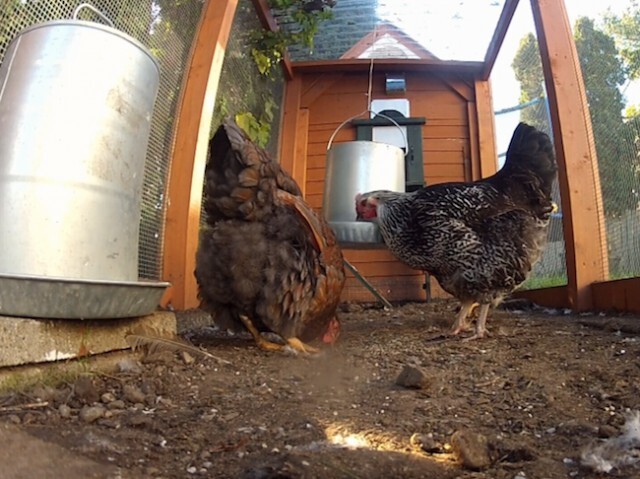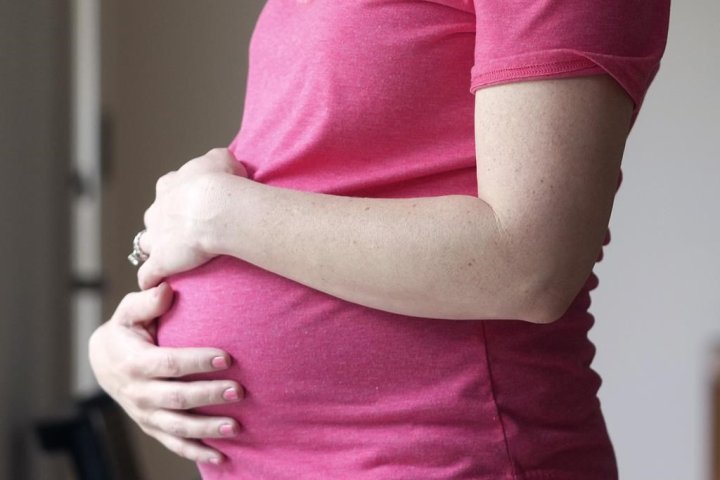Lake Country, a district in British Columbia, is considering formalizing bylaws for backyard chickens. This move comes after a growing interest in urban farming and sustainable living among residents.
The district’s current bylaws do not explicitly prohibit backyard chickens, but they also do not provide any guidelines for keeping them. This has led to confusion and complaints from some residents about noise and odour from their neighbors’ chickens.
In response, the district has proposed a new bylaw that would allow residents to keep a maximum of four hens on their property, as long as they follow certain regulations. These regulations include keeping the chickens in a secure coop and run, providing proper care and nutrition, and disposing of waste appropriately.
The proposed bylaw also addresses concerns about noise and odour by requiring that the coop and run be at least 10 meters away from neighboring properties. It also prohibits roosters, which are known for their loud crowing, from being kept in residential areas.
The district has consulted with other municipalities that have already implemented backyard chicken bylaws, such as Kelowna and Vernon, to gather information and ensure that the proposed bylaw is in line with best practices.
Some residents have expressed support for the bylaw, citing the benefits of having fresh eggs and teaching children about responsibility and sustainability. Others have raised concerns about potential health risks and the impact on property values.
The district is currently seeking feedback from residents through an online survey and will also hold a public hearing before making a final decision on the bylaw.
If approved, Lake Country will join a growing number of cities and towns across Canada that have embraced urban farming and backyard chickens as a way to promote self-sufficiency and reduce food waste.
In conclusion, the proposed bylaw aims to strike a balance between the interests of residents and the need for regulations to ensure the well-being of both chickens and their human neighbors.



